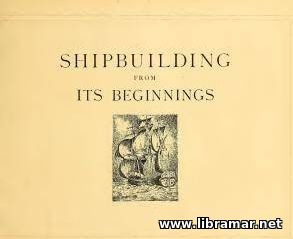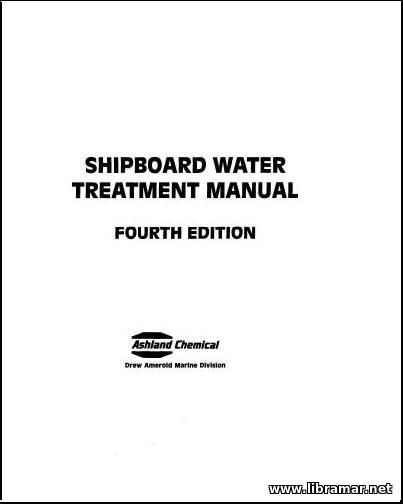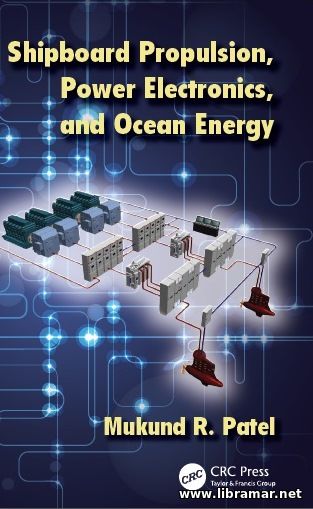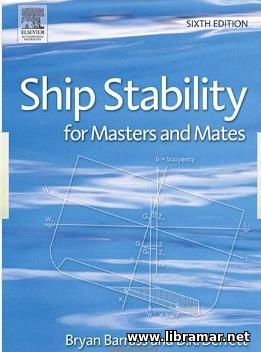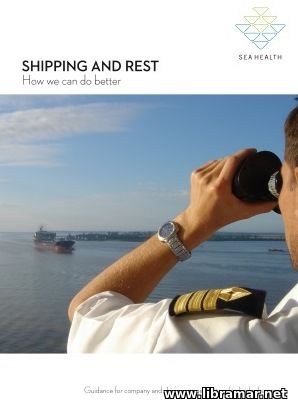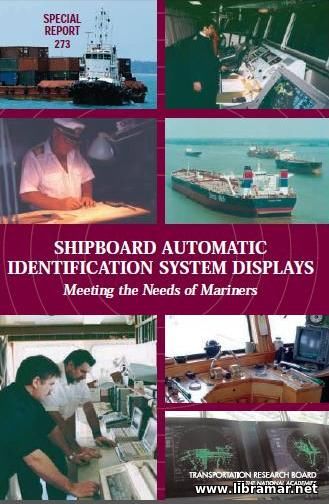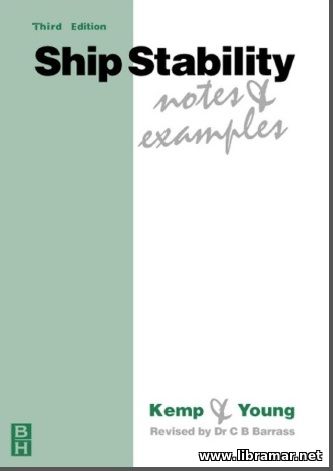
This book is expected to be very helpful to the ship masters and mates and also to the naval engineering officers who are preparing for their SQA/MQA examinations. It will also be extremely good when used as a quick reference tool for the seagoing personnel and also shore-based employees directly engaged in the ship handling operations.
The main objective of this title was to assist all students making preparations for the ship stability examinations by presenting sixty-six illustrative worked examples accompanied by the another fifty examples with answers. Working through the content of this volume will definitely result in getting a very thorough understanding of the subject.
The worked examples included in the volume demonstrate the most efficient and also quickest method to particular solutions. The book covers the first principles, Simpson's rules, transverse and longitudinal stability of the ships, bending of beams and ships, procedures to be followed during the dry-docking, stability data, free surface effects, stability information, etc.
Four appendices to the main content of the book provide the revision on-liners and problems, give the correct answers to the fifty problems contained in the second appendix, and, what is so important, provide students with the valuable tips and instructions on how to pass the examinations in maritime studies...
